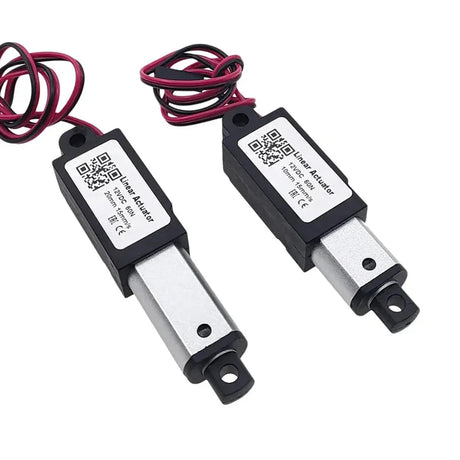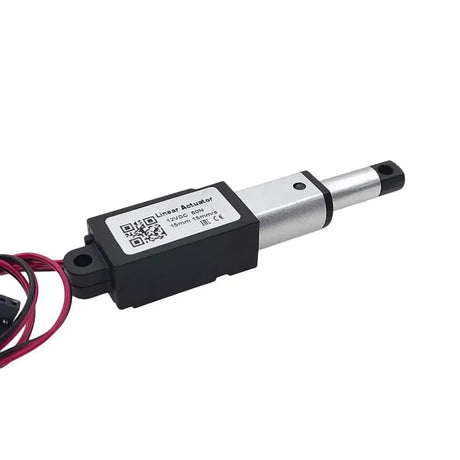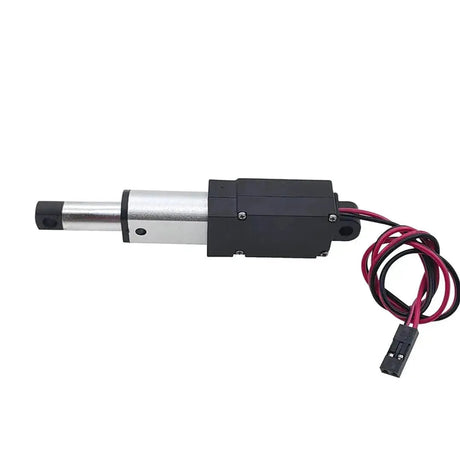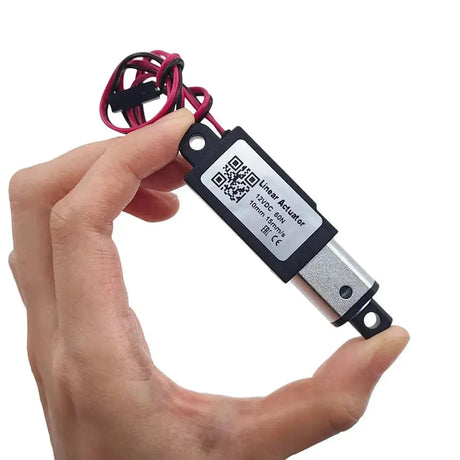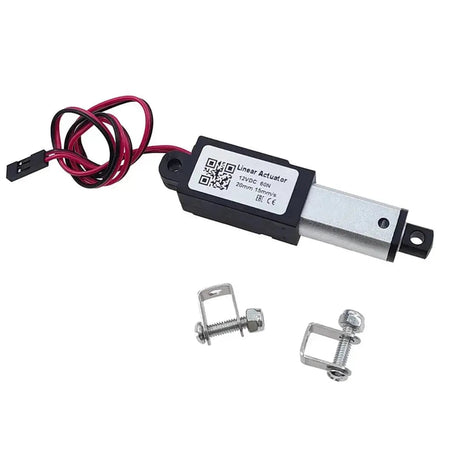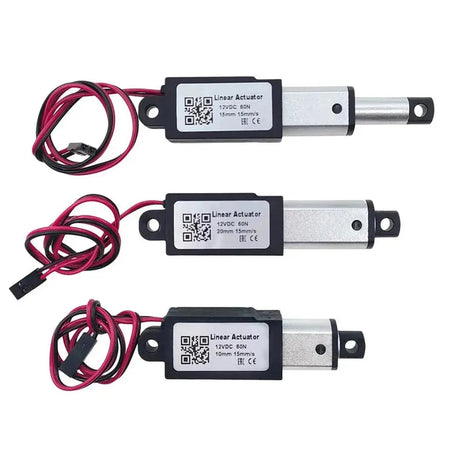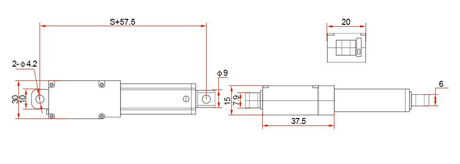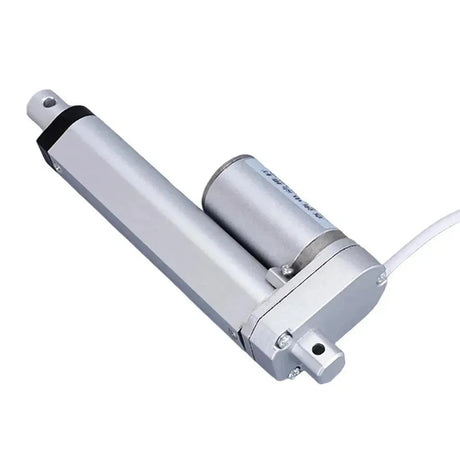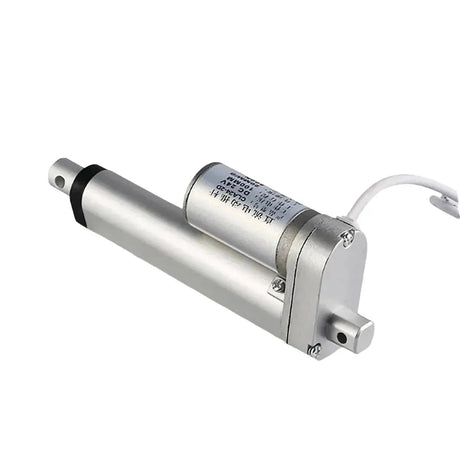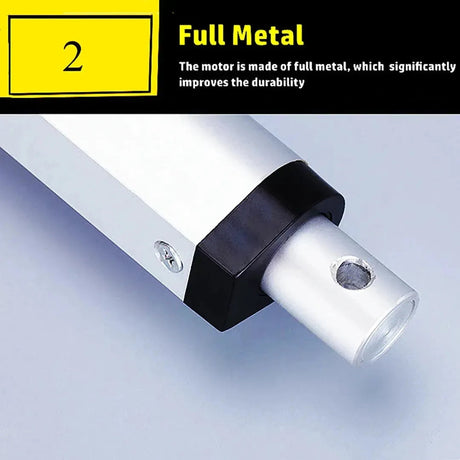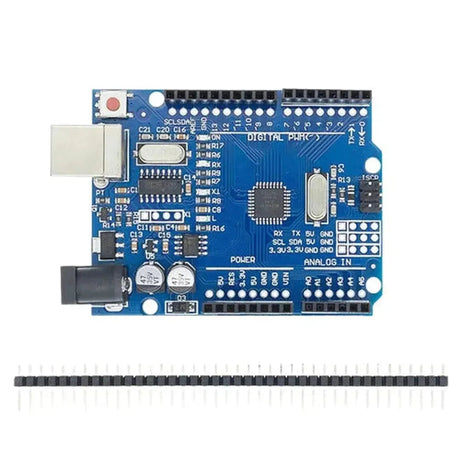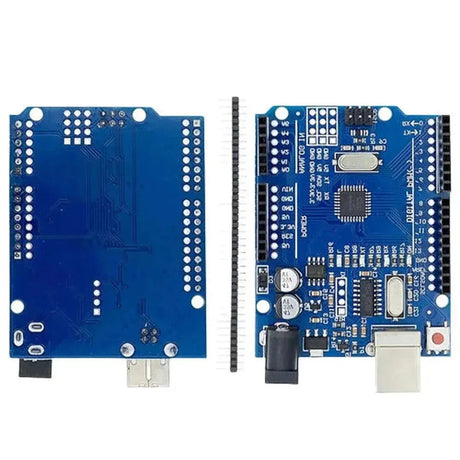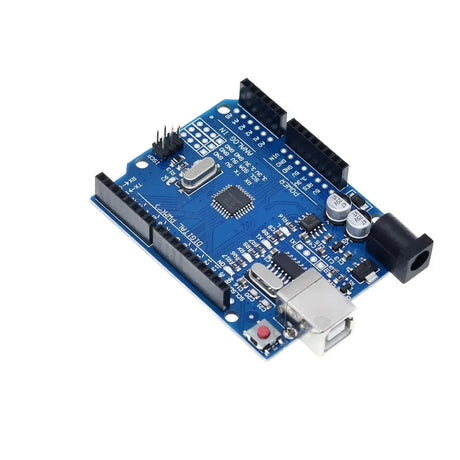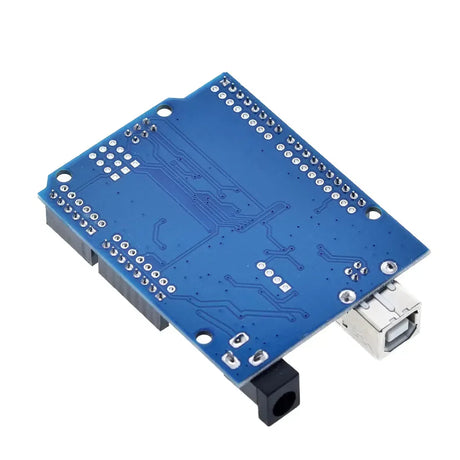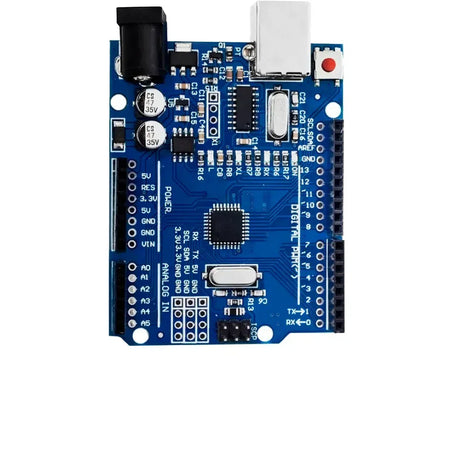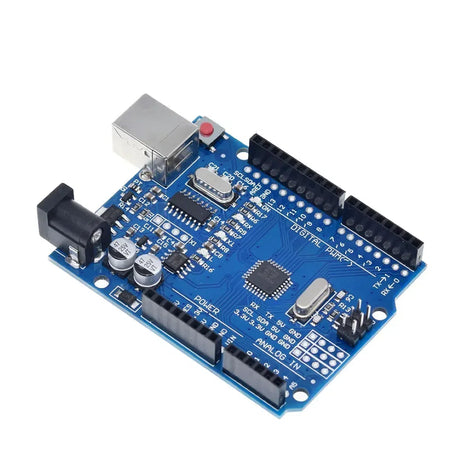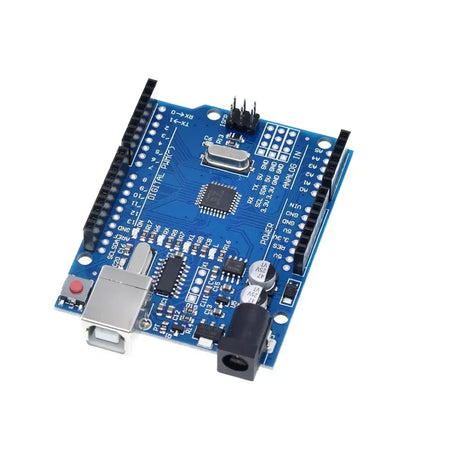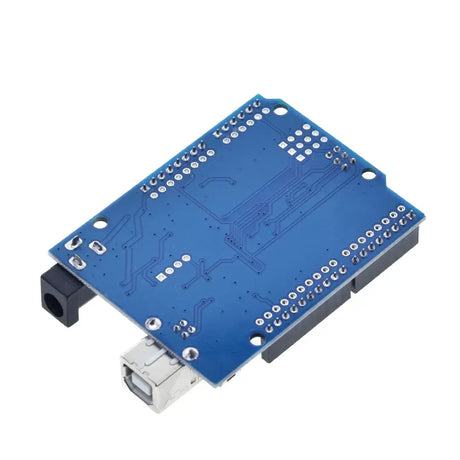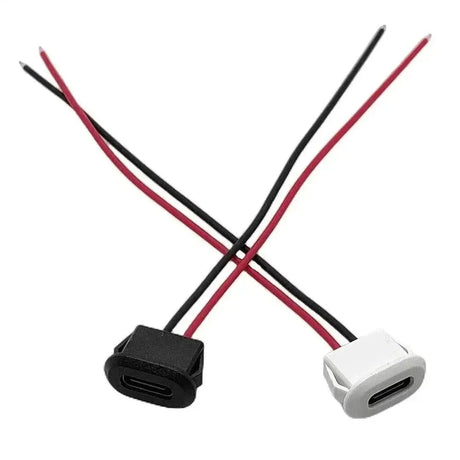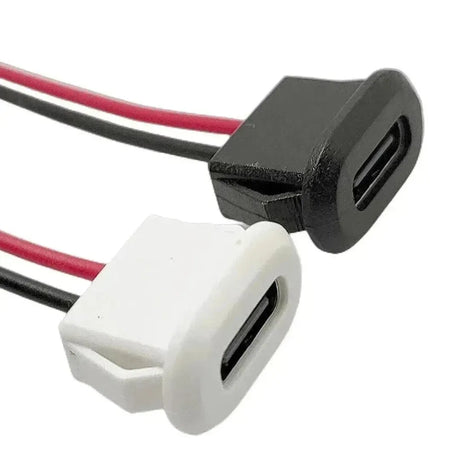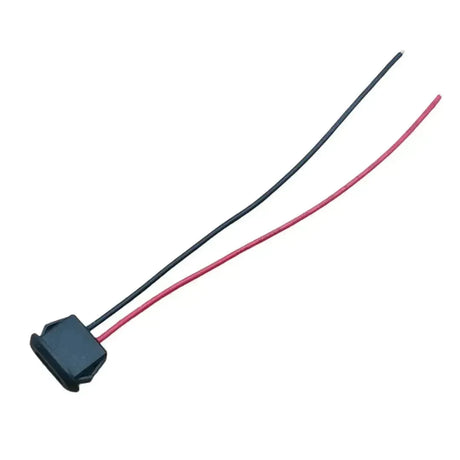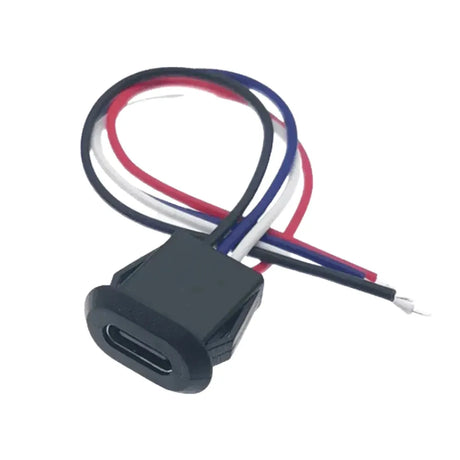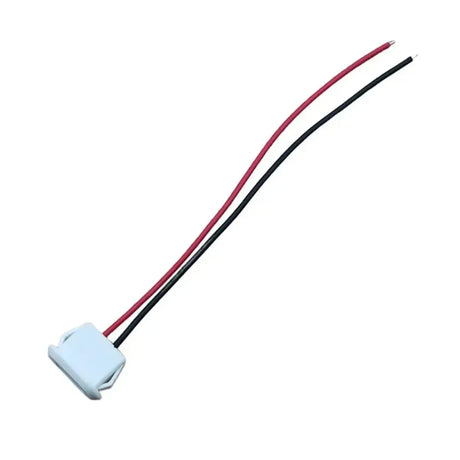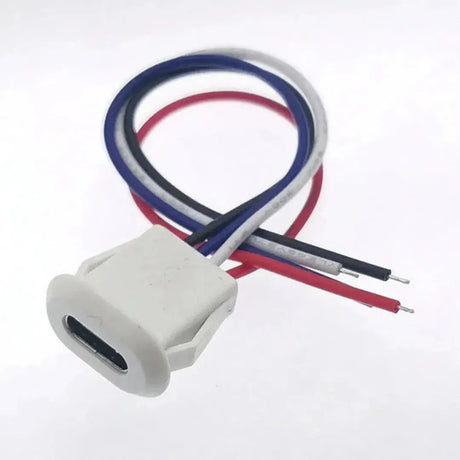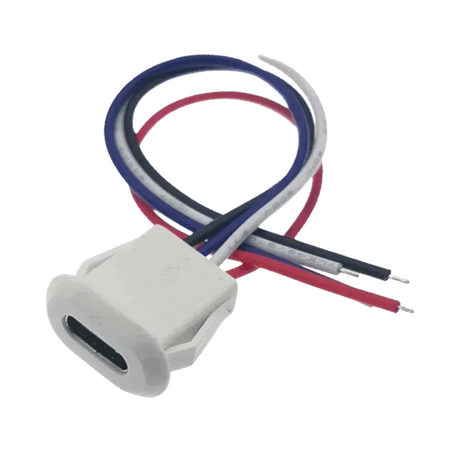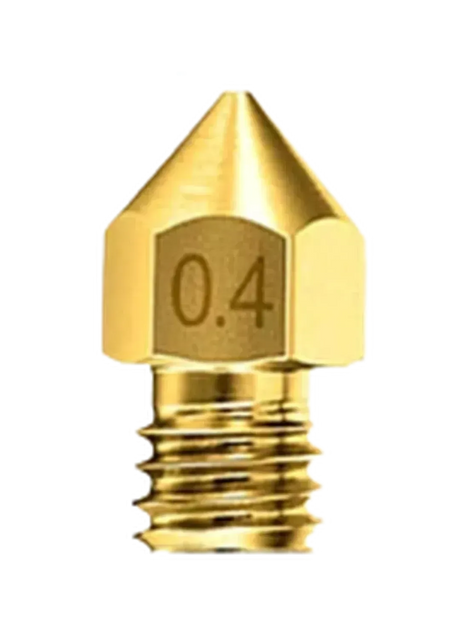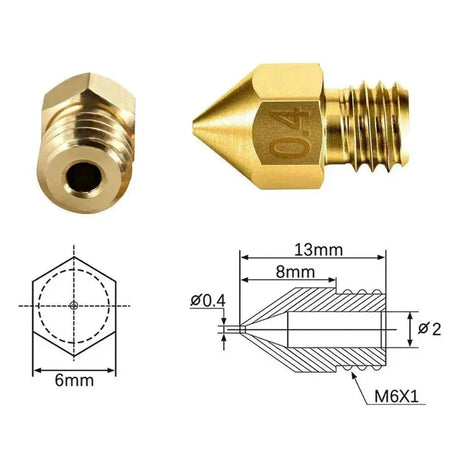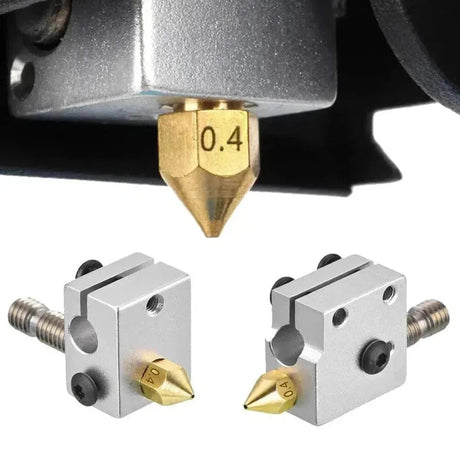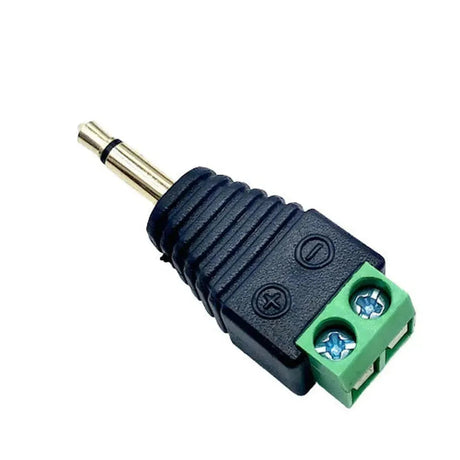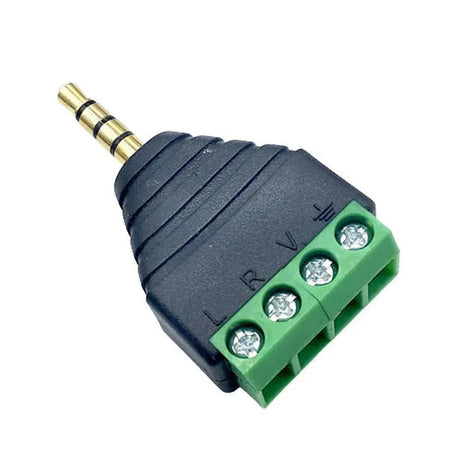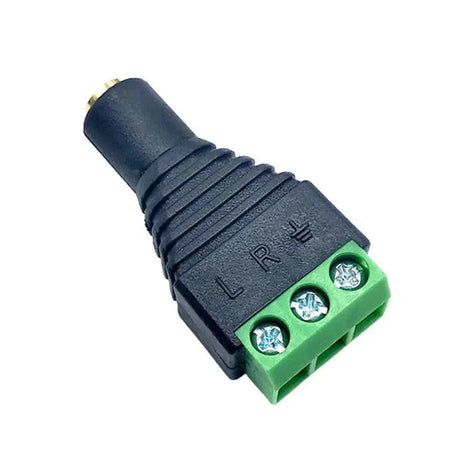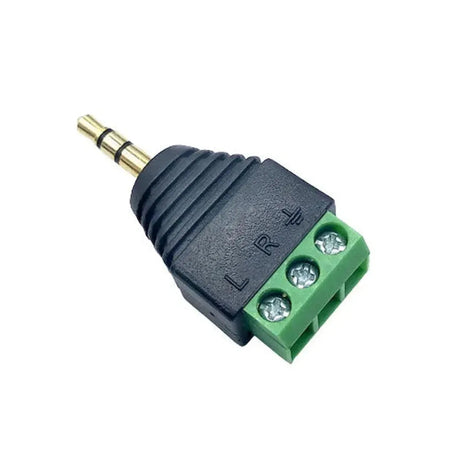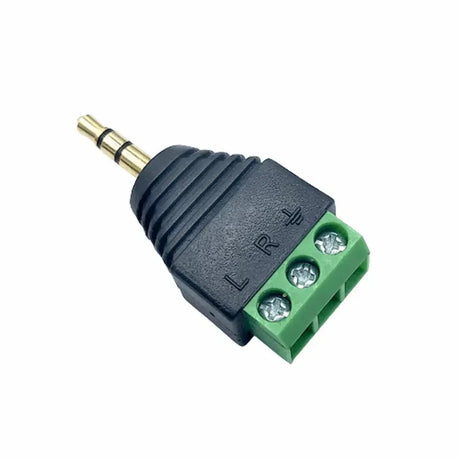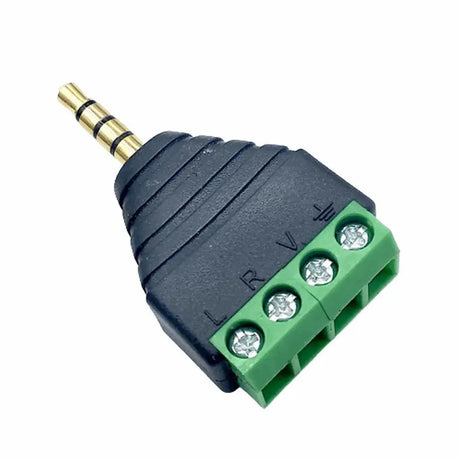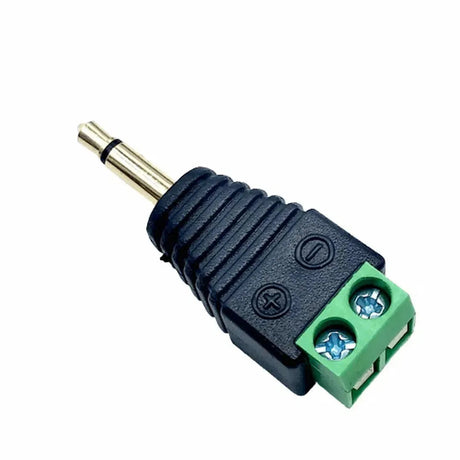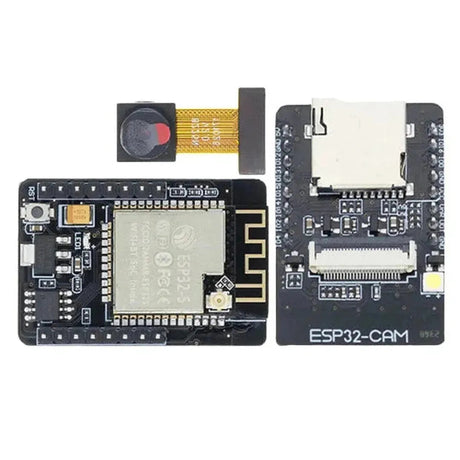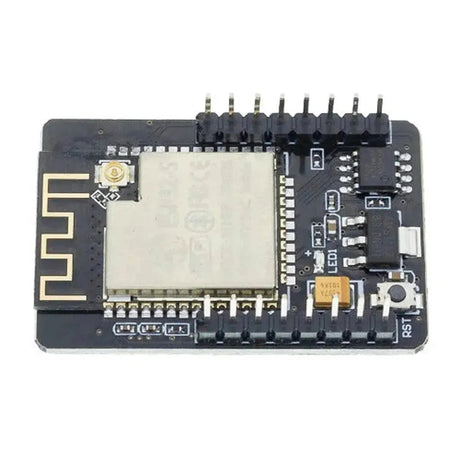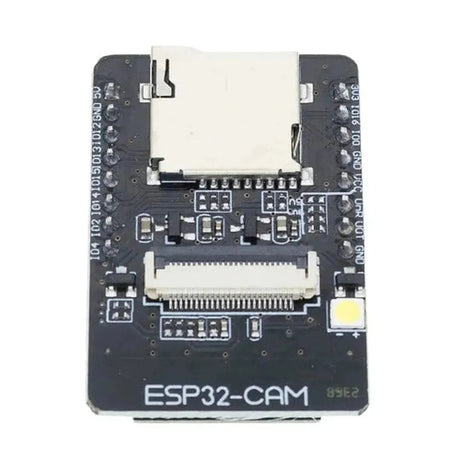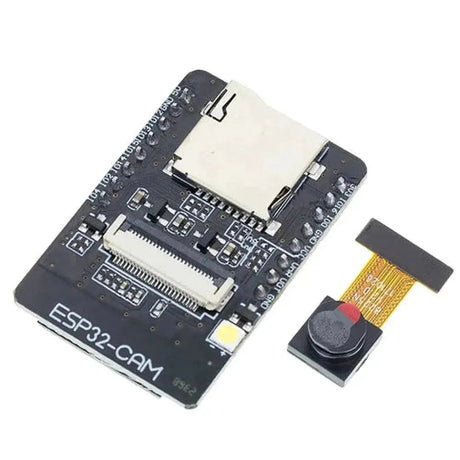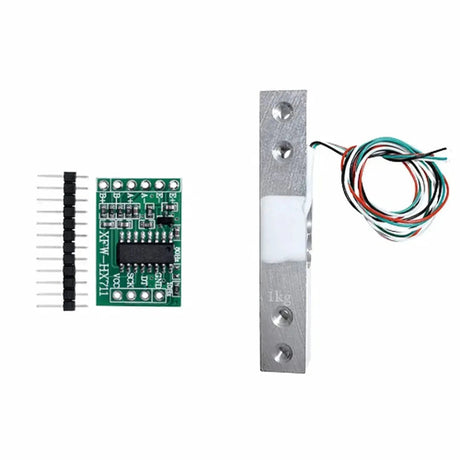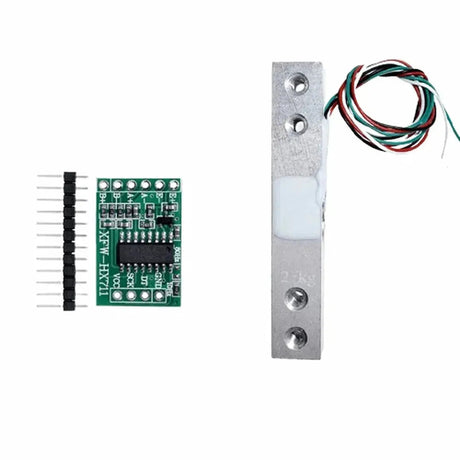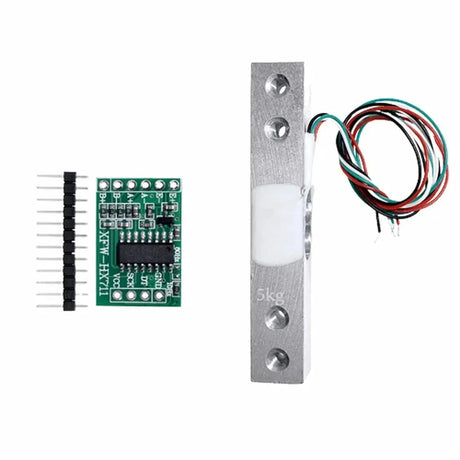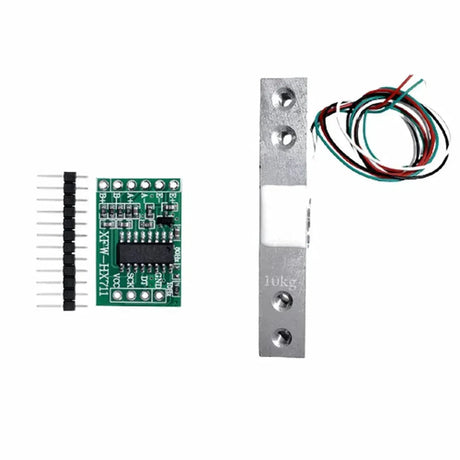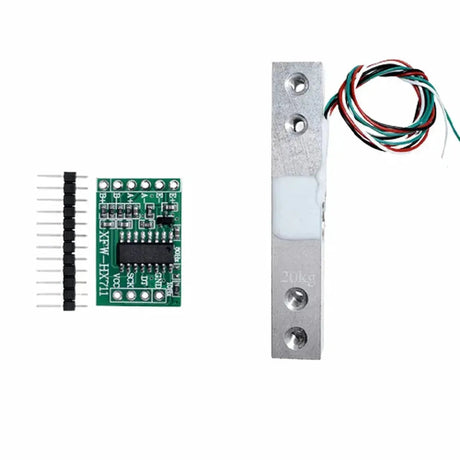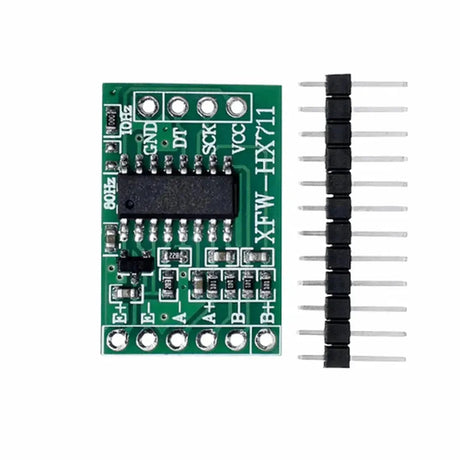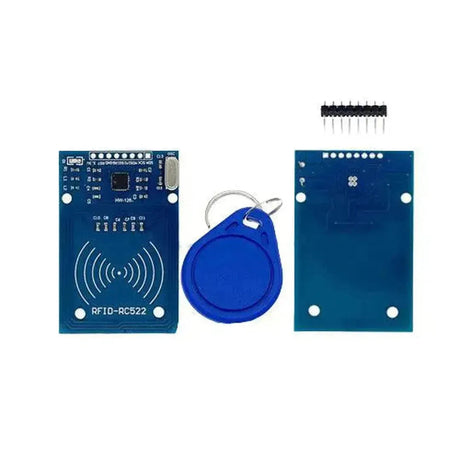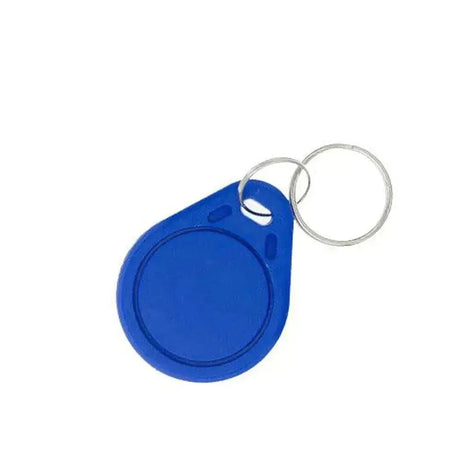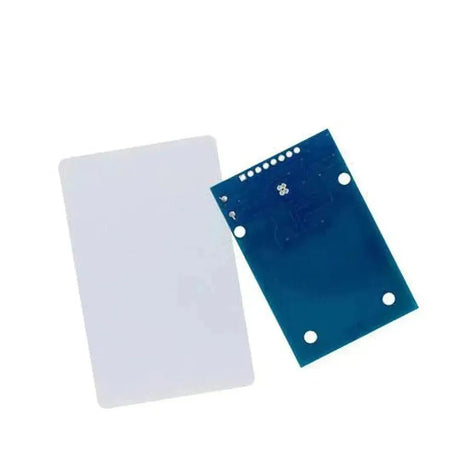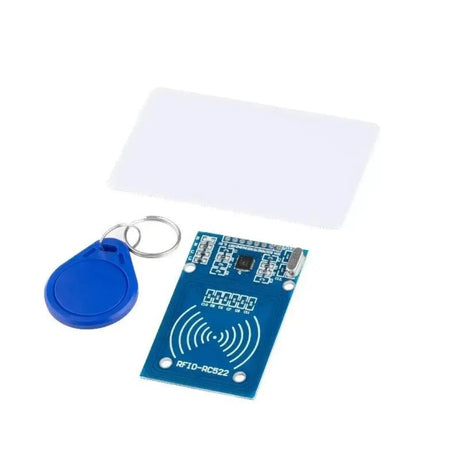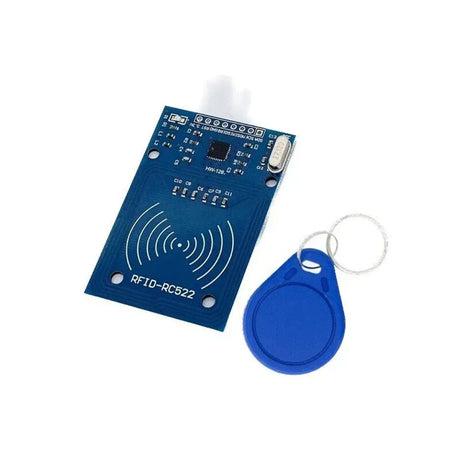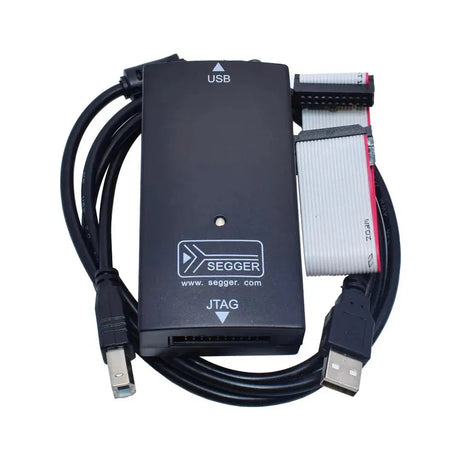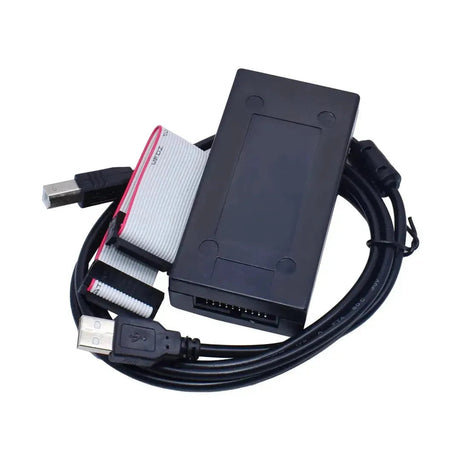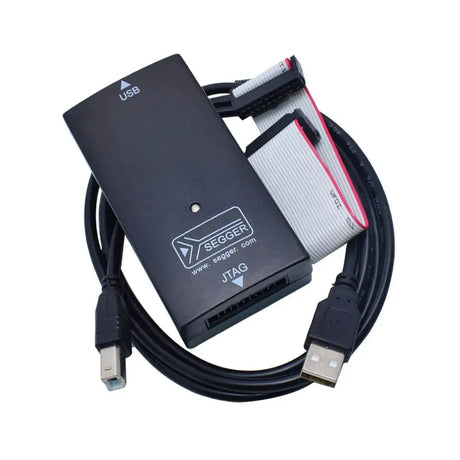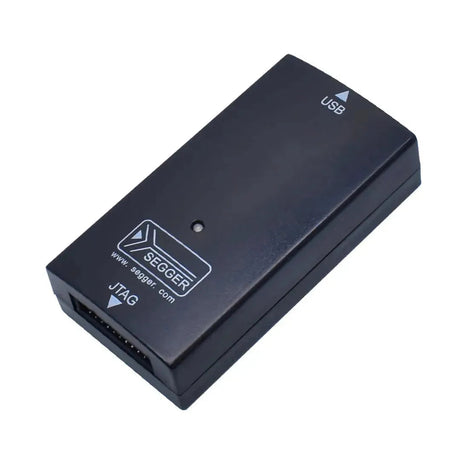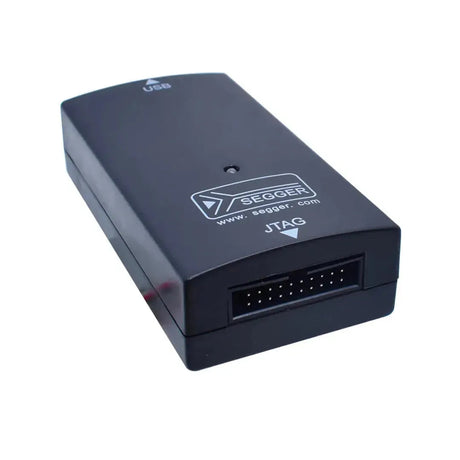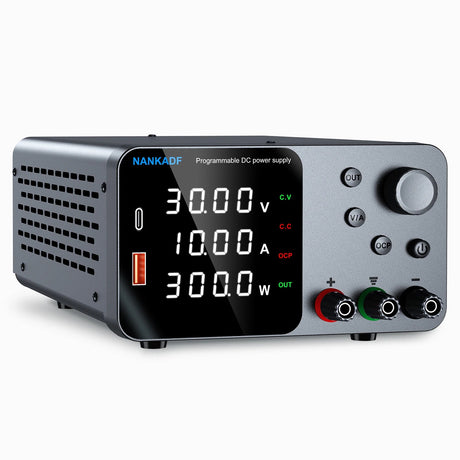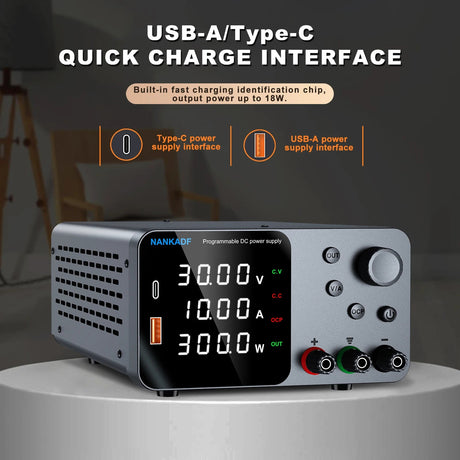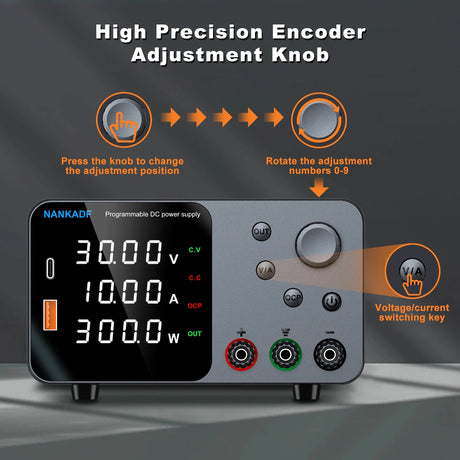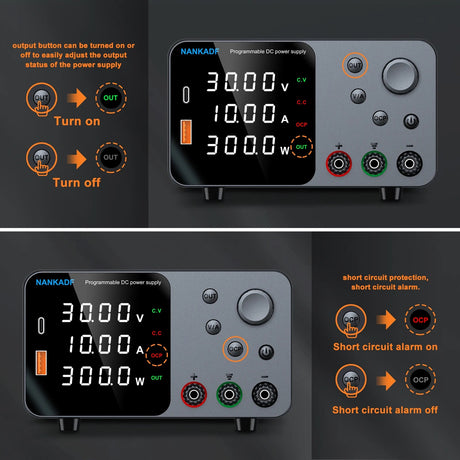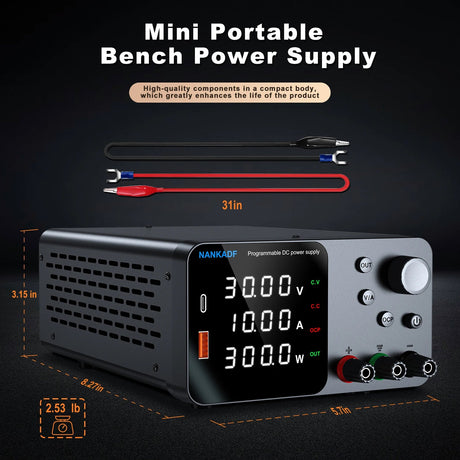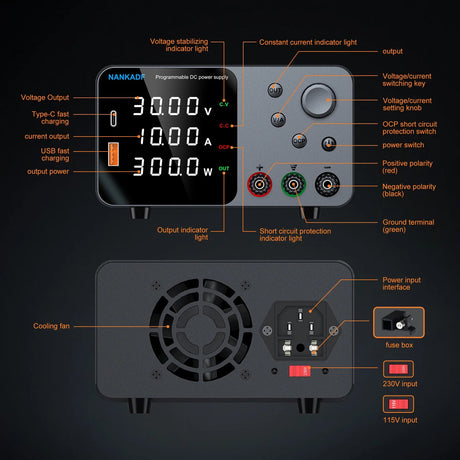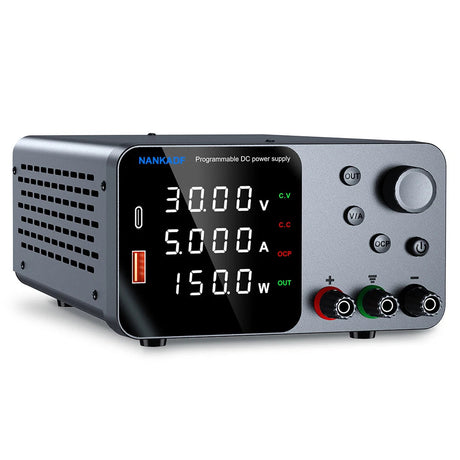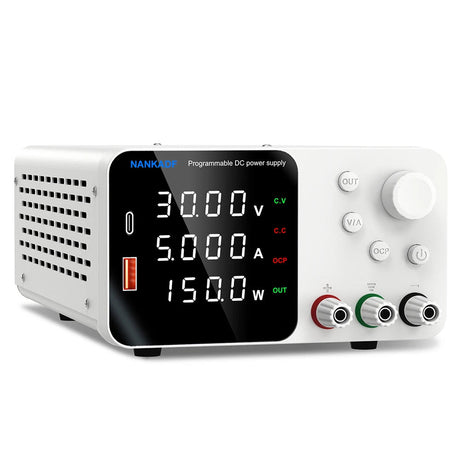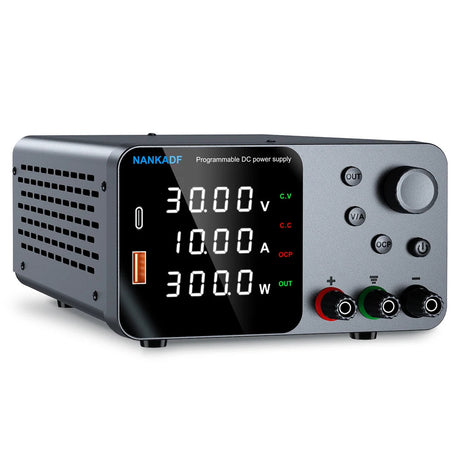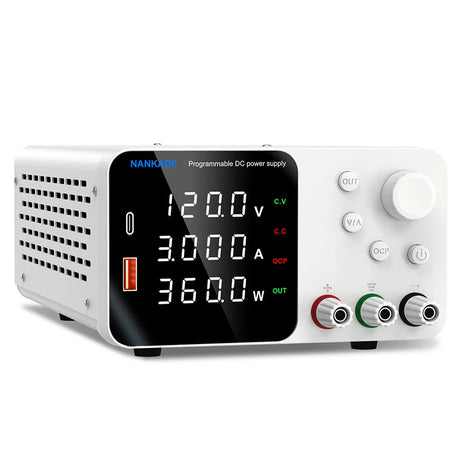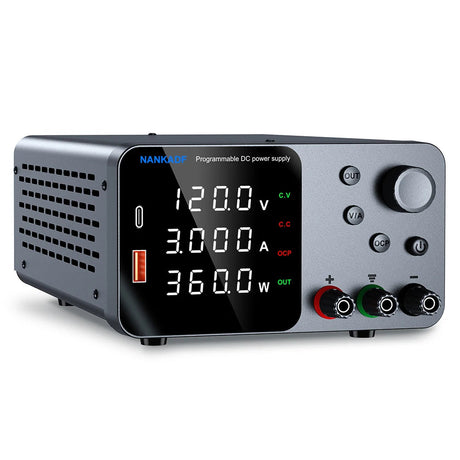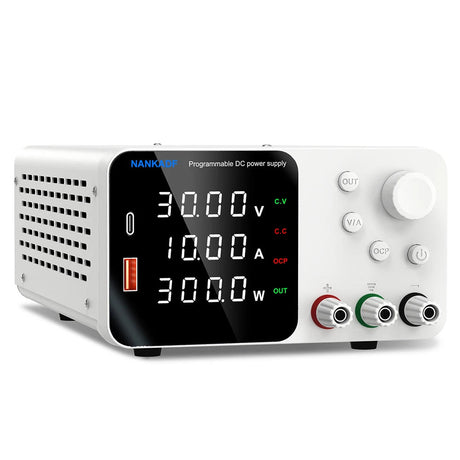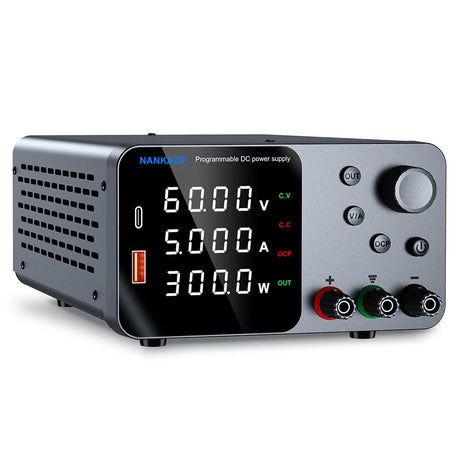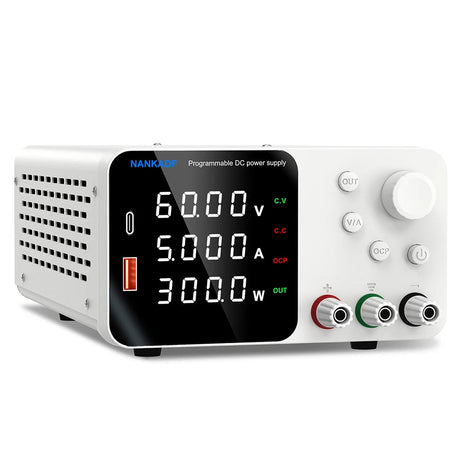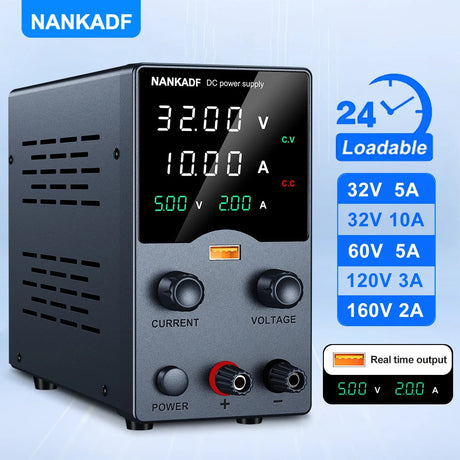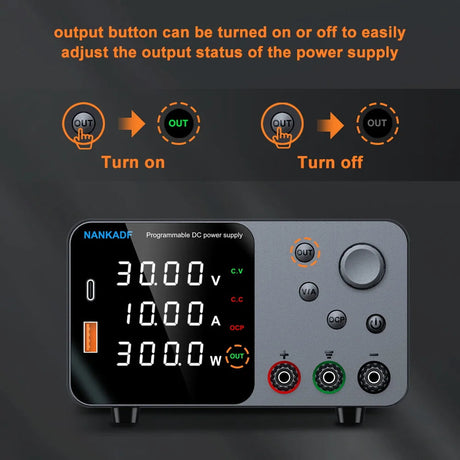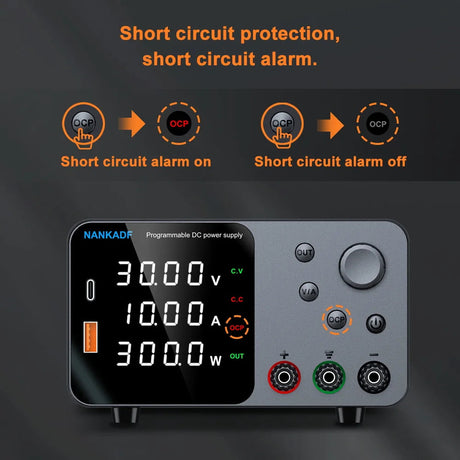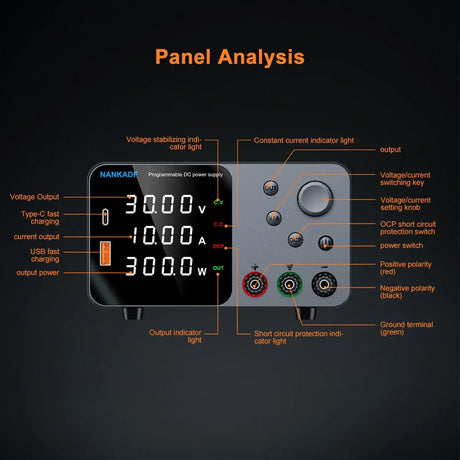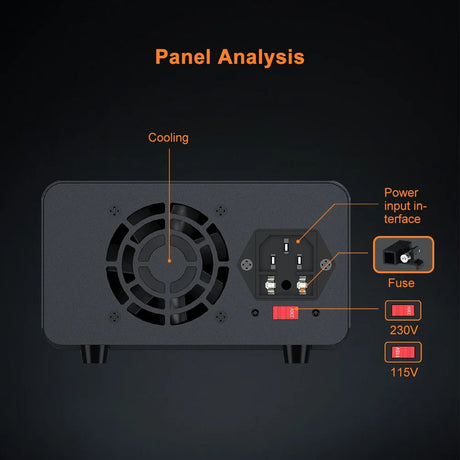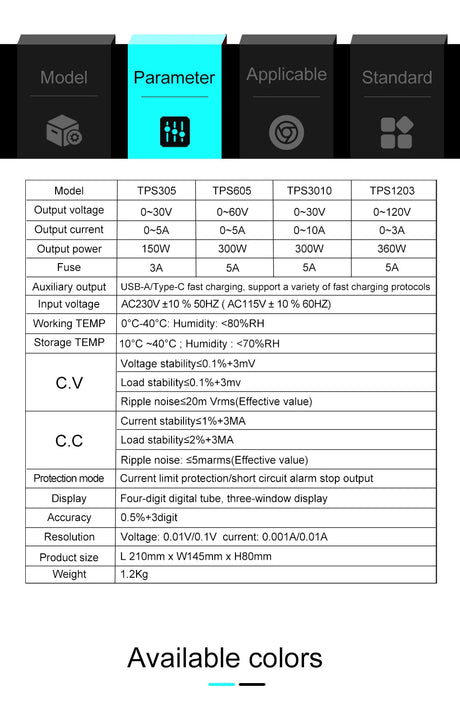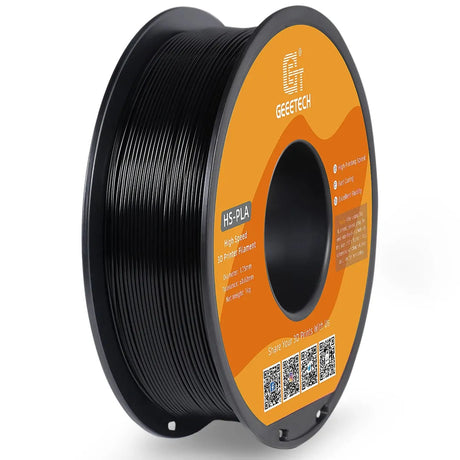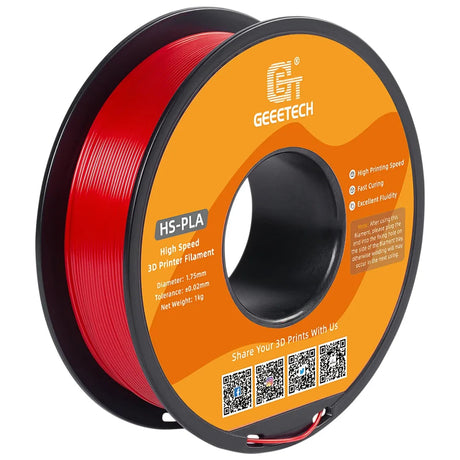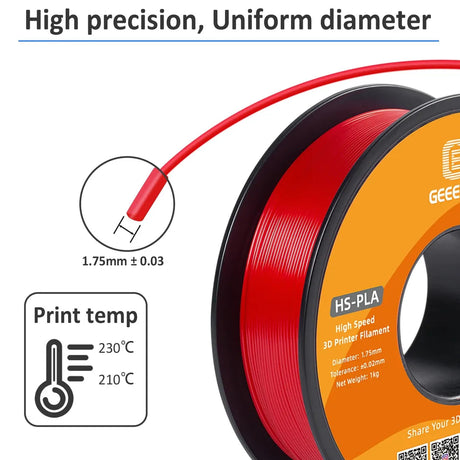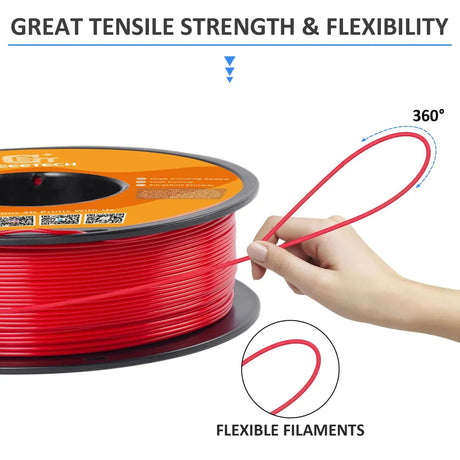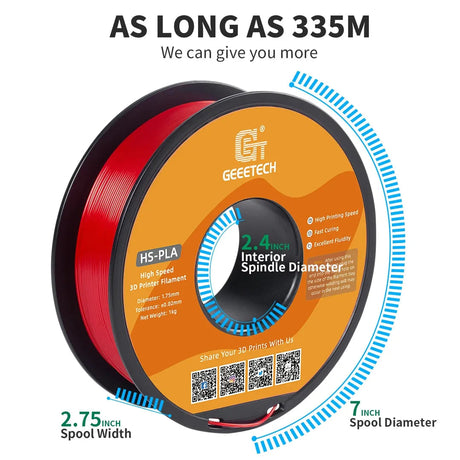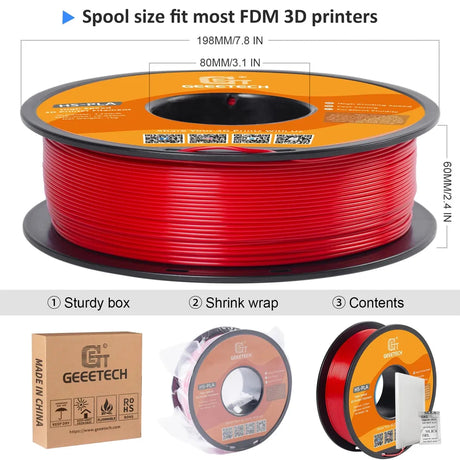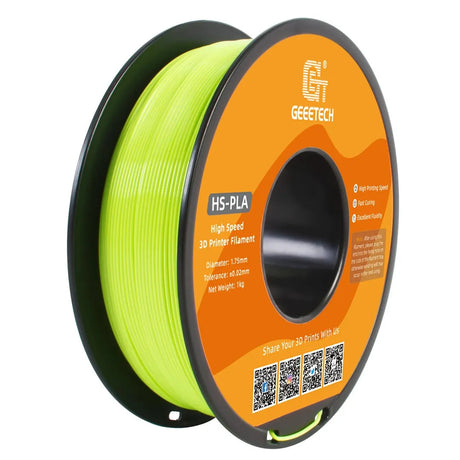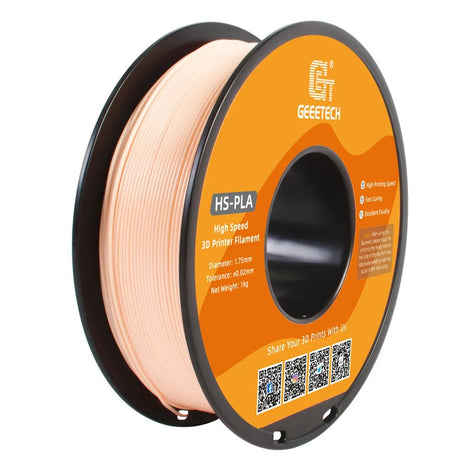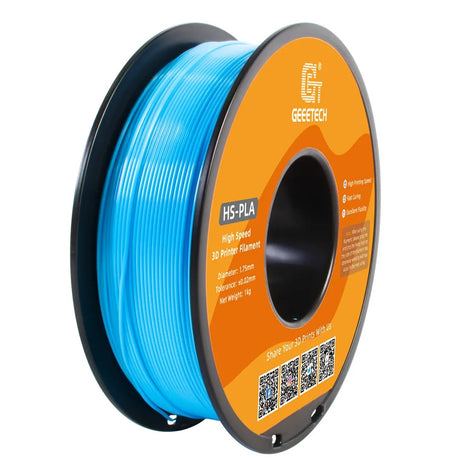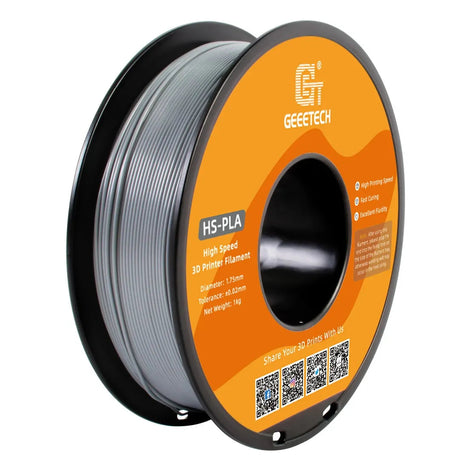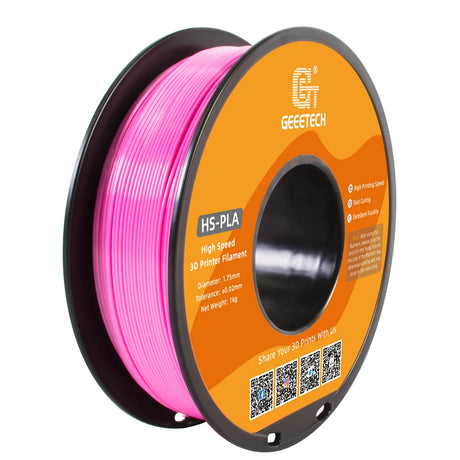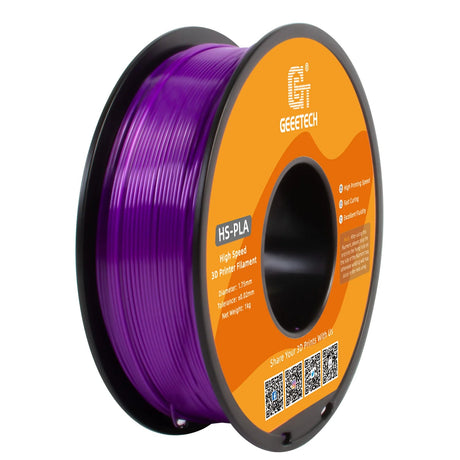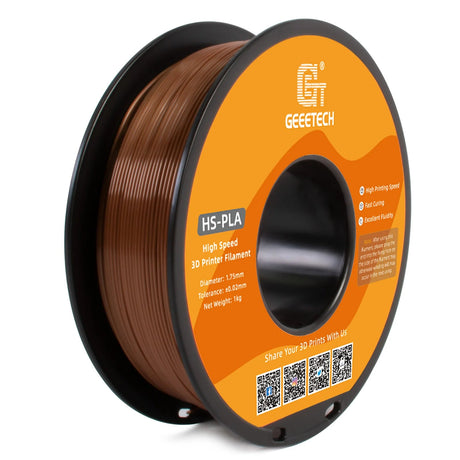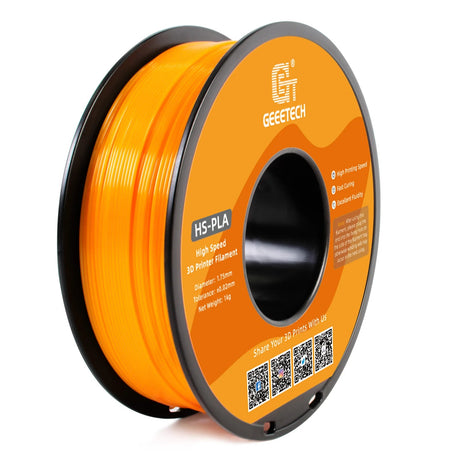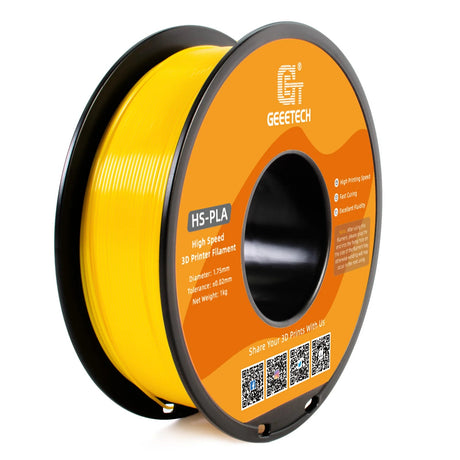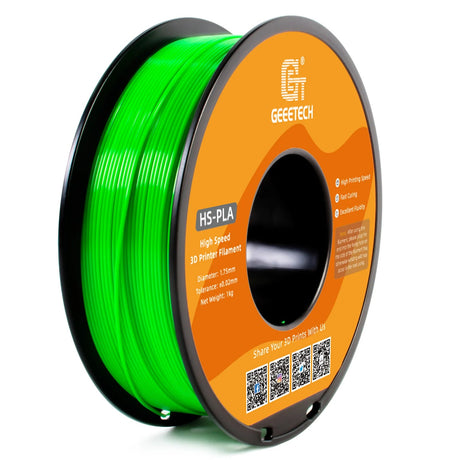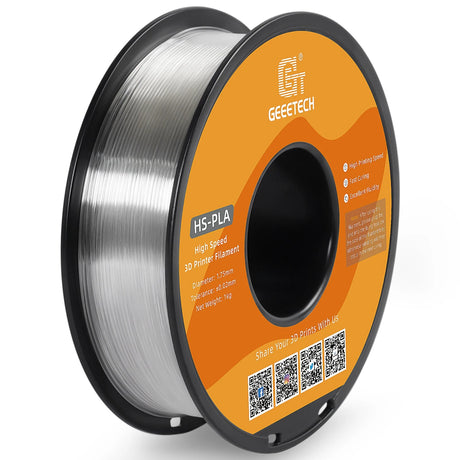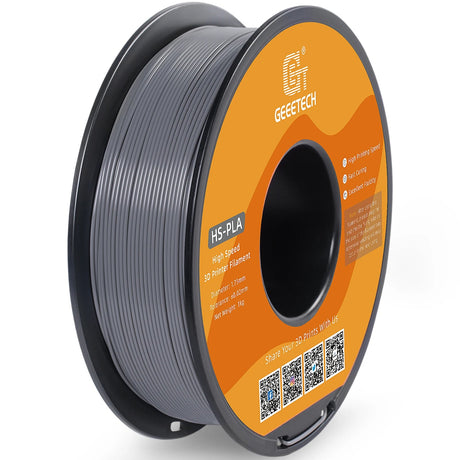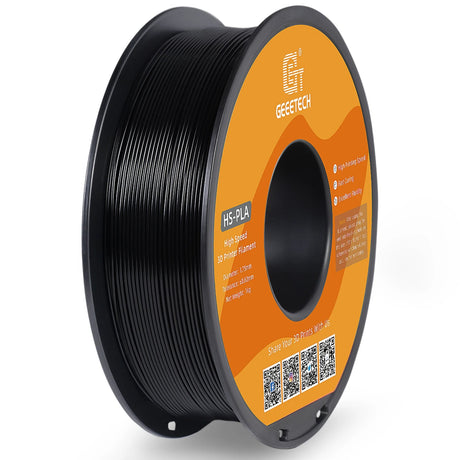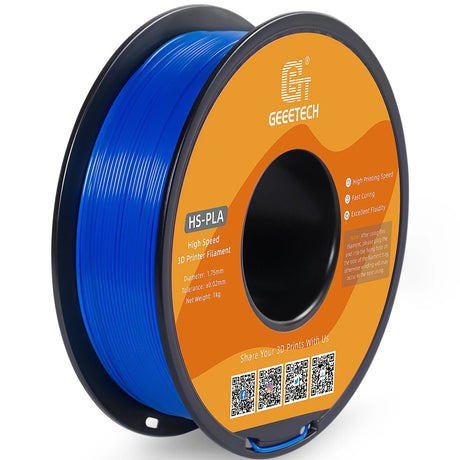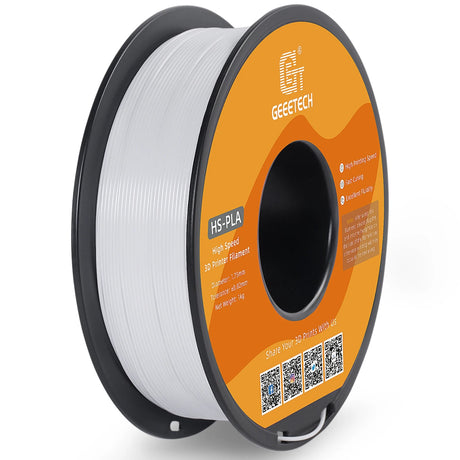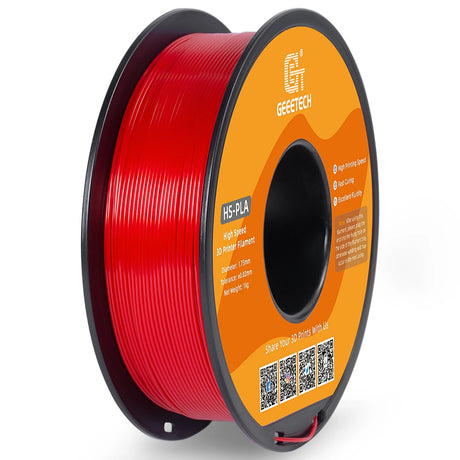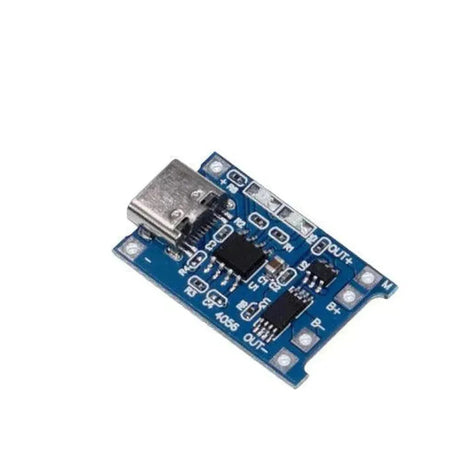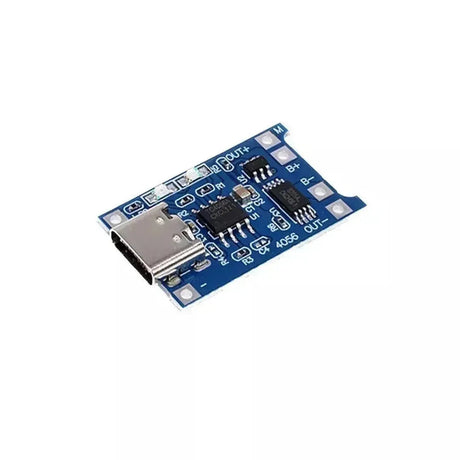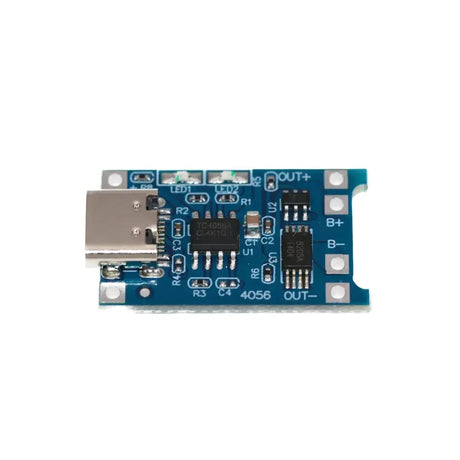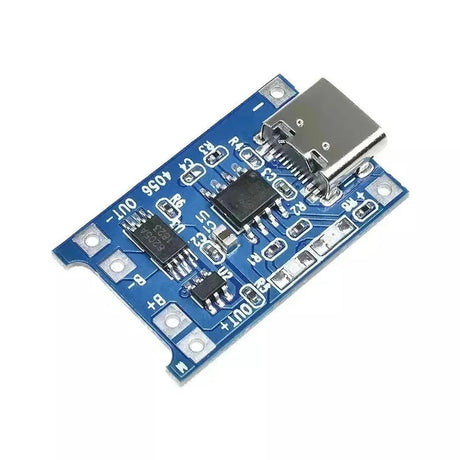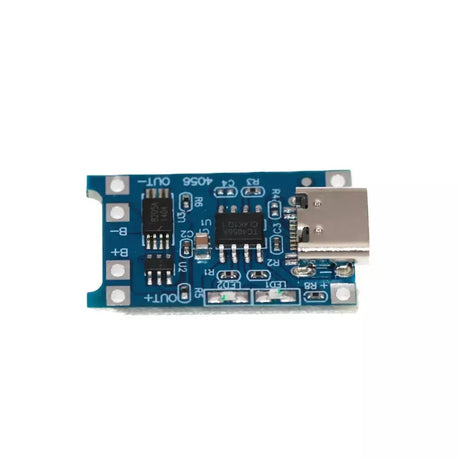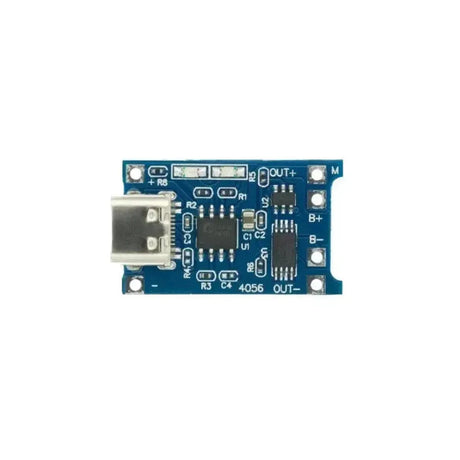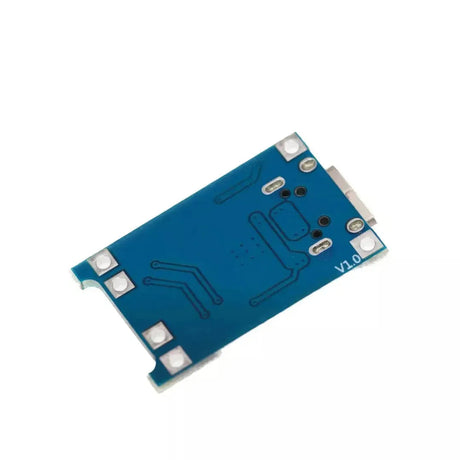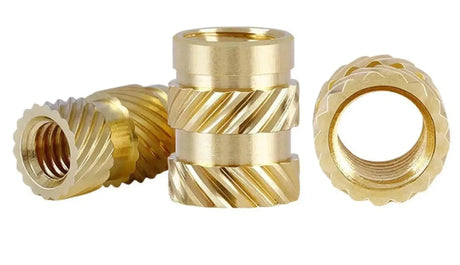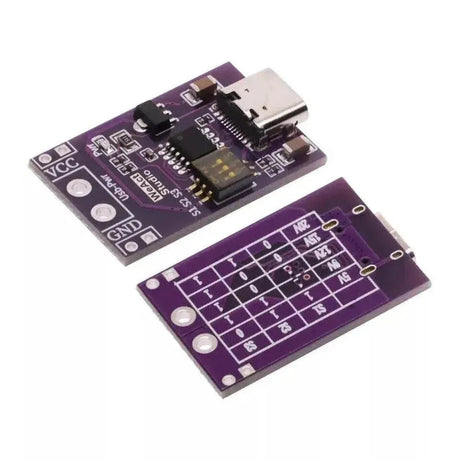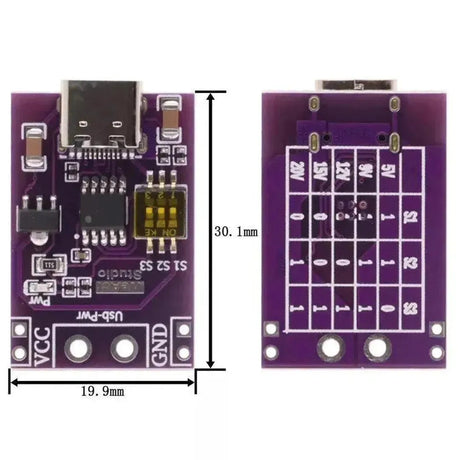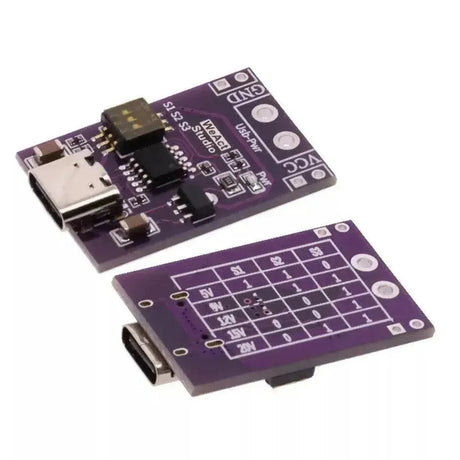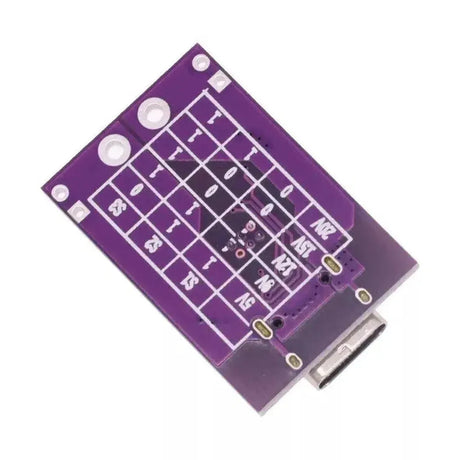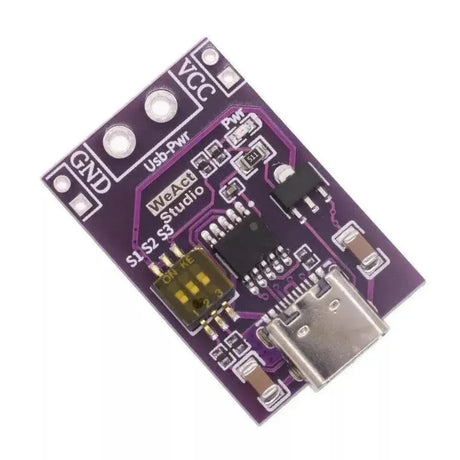When working with Arduino projects that involve physical buttons or switches, one common challenge developers face is dealing with switch bouncing. Switch bouncing can lead to multiple unintended triggers, causing erratic behavior in your projects. In this blog post, we'll delve into what switch bouncing is, why it's problematic, and explore effective methods to debounce switches, ensuring reliable and accurate input readings in your Arduino applications.
Understanding Switch Bouncing
Mechanical switches, such as push-buttons, are widely used in Arduino projects for user inputs. However, these switches don't always make and break contact cleanly when pressed or released. Instead, they tend to "bounce," rapidly making and breaking the connection several times before settling. This phenomenon is known as switch bouncing.
When a switch bounces, the Arduino may interpret it as multiple rapid presses or releases, leading to unintended behaviors like multiple LED flashes, erratic motor movements, or erratic readings from sensors. Debouncing is the process of filtering out these rapid, unintended signals to ensure that each physical action corresponds to a single, clean input signal.
Methods to Debounce Switches
There are two primary methods to debounce switches: hardware debouncing and software debouncing. Each method has its advantages and use cases, and sometimes they are even combined for optimal results.
1. Hardware Debouncing
Hardware debouncing involves using physical components to stabilize the switch signal. The most common hardware approaches utilize resistors, capacitors, or specialized debounce ICs.
RC (Resistor-Capacitor) Debouncing
An RC circuit can smooth out the rapid transitions caused by switch bouncing. Here's how you can set it up:
/* RC Debounce Circuit */
const int buttonPin = 2; // Button connected to digital pin 2
const int ledPin = 13; // LED connected to digital pin 13
void setup() {
pinMode(buttonPin, INPUT);
pinMode(ledPin, OUTPUT);
}
void loop() {
int buttonState = digitalRead(buttonPin);
if (buttonState == HIGH) {
digitalWrite(ledPin, HIGH);
} else {
digitalWrite(ledPin, LOW);
}
}
In this setup, a resistor and capacitor are connected in series with the button. When the button is pressed, the capacitor charges, smoothing out the voltage and preventing rapid fluctuations that could cause false triggers.
2. Software Debouncing
Software debouncing is handled in your Arduino code by implementing logic that filters out the rapid changes in signal caused by switch bouncing. This method is flexible and doesn't require additional hardware components.
Example of Software Debouncing
Here's a simple example of how to implement software debouncing in Arduino:
const int buttonPin = 2; // Button connected to digital pin 2
const int ledPin = 13; // LED connected to digital pin 13
int buttonState; // Current state of the button
int lastButtonState = LOW; // Previous state of the button
unsigned long lastDebounceTime = 0; // Last time the button state changed
unsigned long debounceDelay = 50; // Debounce time in milliseconds
void setup() {
pinMode(buttonPin, INPUT);
pinMode(ledPin, OUTPUT);
digitalWrite(ledPin, LOW);
}
void loop() {
int reading = digitalRead(buttonPin);
if (reading != lastButtonState) {
lastDebounceTime = millis();
}
if ((millis() - lastDebounceTime) > debounceDelay) {
if (reading != buttonState) {
buttonState = reading;
if (buttonState == HIGH) {
digitalWrite(ledPin, !digitalRead(ledPin));
}
}
}
lastButtonState = reading;
}
In this code:
- The program reads the current state of the button.
- If the state has changed from the last reading, it resets the debounce timer.
- Only if the state remains consistent for longer than the debounce delay (50 milliseconds in this case) does the program accept the new state as valid and act upon it.
3. Using Libraries for Debouncing
For more complex projects or to simplify debouncing, you can use dedicated libraries like the Bounce library. Libraries handle the debounce logic, allowing you to focus on other aspects of your project.
Example Using Bounce Library
First, install the Bounce library via the Arduino Library Manager. Then, use the following code:
#include
const int buttonPin = 2;
const int ledPin = 13;
Bounce debouncer = Bounce();
void setup() {
pinMode(buttonPin, INPUT);
pinMode(ledPin, OUTPUT);
debouncer.attach(buttonPin);
debouncer.interval(25); // Debounce interval in milliseconds
}
void loop() {
debouncer.update();
if (debouncer.fell()) { // When button is pressed
digitalWrite(ledPin, !digitalRead(ledPin)); // Toggle LED
}
}
This approach simplifies the debounce logic, making your code cleaner and more maintainable.
Choosing the Right Debouncing Method
The choice between hardware and software debouncing depends on your specific needs and constraints:
- Hardware Debouncing: Ideal for projects where you want to minimize software overhead or when working with multiple switches. It ensures that the signals are clean before they reach the microcontroller.
- Software Debouncing: More flexible and cost-effective, especially for simple projects with a few buttons. It allows you to adjust debounce timing easily through code.
- Library-Based Debouncing: Best for complex projects or when you want to save time and avoid reinventing the wheel. Libraries offer robust and tested debounce solutions.
Best Practices for Debouncing Switches
- Use Pull-Up or Pull-Down Resistors: Ensure that your button inputs are in a known state by using pull-up or pull-down resistors. This prevents floating inputs, reducing noise and false triggers.
- Consistent Debounce Timing: Whether using hardware or software debouncing, maintain consistent debounce intervals to ensure reliable performance across different buttons and conditions.
- Combine Methods if Necessary: For highly sensitive applications, consider combining both hardware and software debouncing to achieve the highest reliability.
Conclusion
Debouncing switches is a crucial step in developing reliable Arduino projects that involve user inputs. Whether you choose hardware solutions, software algorithms, or leverage existing libraries, implementing effective debounce mechanisms will save you from the frustration of dealing with false triggers and erratic behaviors. By understanding the principles of switch bouncing and applying the appropriate debouncing techniques, you can enhance the performance and reliability of your Arduino creations.

